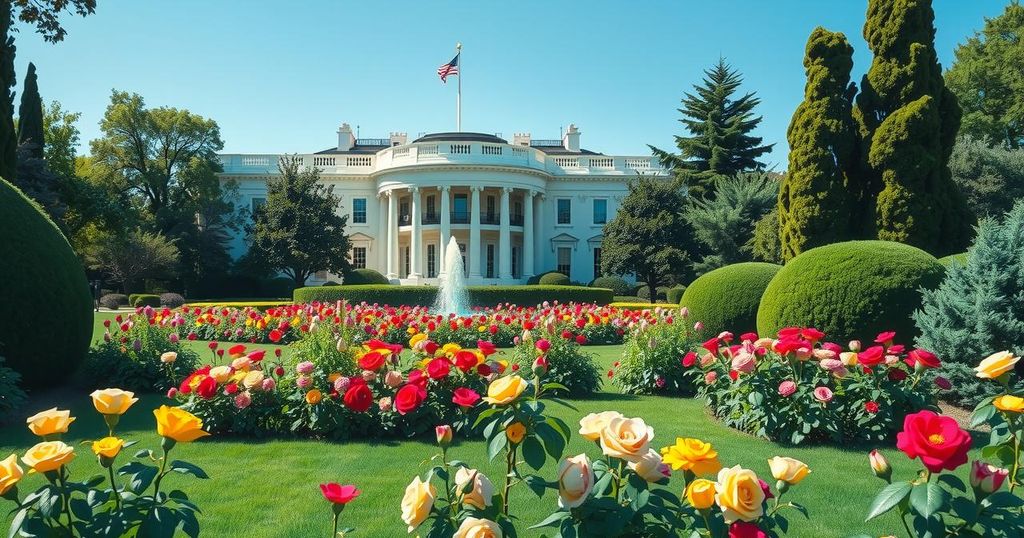The Brazilian government’s initiatives aim to significantly expand forest management areas in the Amazon by 2026 through regulated concessions established by the Public Forest Management Law. This approach, while promising for sustainable timber harvesting and local economic benefits, faces challenges from illegal logging, ambiguous land rights, and skepticism from traditional communities. Key stakeholders are advocating for a balanced approach to navigate these complexities.
In 2006, the Brazilian government under President Lula da Silva enacted the Public Forest Management Law, which created a framework to regulate logging in the Amazon. This law aimed to manage forest resources sustainably by permitting the selective removal of trees based on market value. Such management practices allow for regeneration periods of 30 to 40 years, ensuring long-term forest health.
Currently, the Brazilian government aims to increase the area of federal forest concessions by nearly fourfold by 2026 in hopes of addressing past deficiencies. This approach, however, is met with skepticism from traditional communities who do not recognize timber management as a conservation strategy. In response to rising deforestation rates in the early 2000s, the government introduced timber management as a means to mitigate forest destruction.
The Public Forest Management Law laid the foundation for sustainable forest use and local development, leading to the creation of the Brazilian Forest Service (SFB). This entity oversees the concessions process and monitors timber extraction, ensuring that only sustainable practices are employed in designated areas.
“Forest management is very different from deforestation” – Ane Alencar, director of science at IPAM. The indicators show that sustainably managed forest areas extract only a few timber species while preserving biodiversity, as highlighted by estimates from the Institute of Forest and Agricultural Management and Certification (Imaflora).
In practice, management techniques involve careful planning regarding tree cutting to protect surrounding ecosystems. Concessions rely on scientifically established limits for selective logging, allowing forest areas to recover for decades. Despite the benefits of this system, progress has been slow; only 1.3 million hectares have been conceded of the target 44 million hectares.
The federal government’s new goal is to reach 5 million hectares under sustainable timber management by 2026, including the introduction of forest restoration projects for degraded public lands. Partnerships with organizations like Imaflora and consultancy Systemiq are being pursued to facilitate these initiatives, highlighting the socioeconomic benefits of forest management in local communities.
New legislation related to carbon credits aims to enhance the attractiveness of forest concessions, with the implementation of a regulated carbon market. Nevertheless, skepticism persists regarding the efficiency of forest management in generating valuable carbon credits, as articulated by Paulo Amaral at Imazon.
Addressing illegal logging remains crucial, as government efforts focus on legitimizing timber extraction through management concessions. IMAFLORE estimates that about 10 million cubic meters of timber are produced annually, contingent on a future where legal concessions account for a significant portion of this production.
Challenges, including the lack of defined legal status for vast public lands, complicate efforts to establish legitimate activities. To bolster sustainable logging, it is essential to resolve historical issues of land ownership, which are intertwined with violence and land conflicts in the region.
Moreover, legislation relating to land regularization continues to evolve, prompting debate in the House of Deputies, where measures allowing for the use of a Certificate of Recognition of Occupation (CRO) may facilitate financial activities relating to forest management. However, concerns about the legality and environmental implications persist.
In summary, Brazil’s efforts to enhance forest management through regulated concessions are ongoing yet face significant obstacles. The push from the federal government aims for expansive logging area designations, promoting socioeconomic development while tackling contradictions in conservation rhetoric. Meanwhile, the challenge of illegal logging, land ownership ambiguities, and differing community perspectives on forest use necessitate careful mediation and strategic planning to realize sustainable forest management successes.
Original Source: news.mongabay.com




